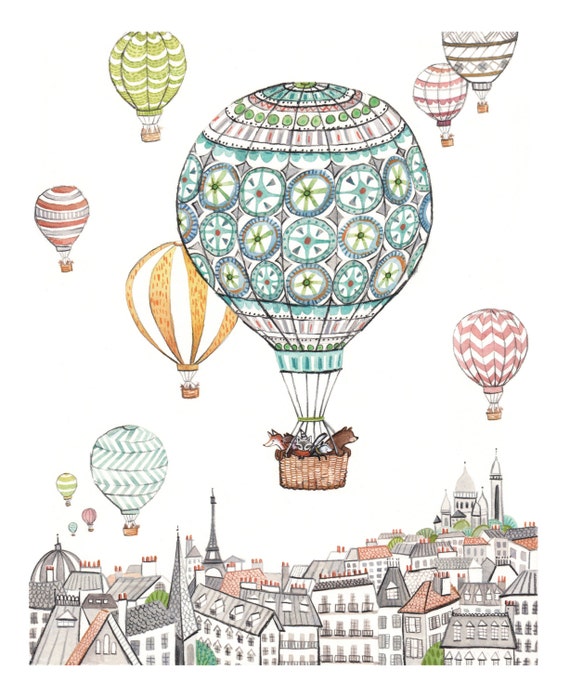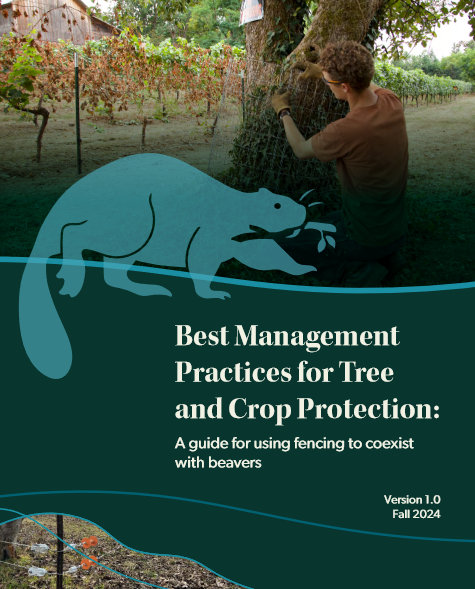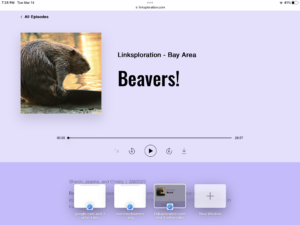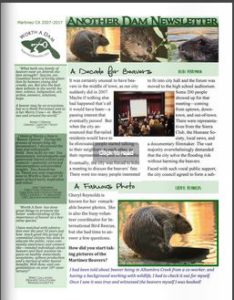
Baker City Oregon is in the upper right hand corner of the state on the Powder river, which flows into the Snake river. Like Martinez it was settled early when the Short line railroad made it a stop, and is the county seat. By 1900 it was THE stop between Salt Lake City and Portland. It’s Main street looks eerily similar to ours. It even had a large Catholic population and has Cathedral because of it. Let’s think of them as a ‘sister city’.
.jpg) Baker has a smaller population now than Martinez, and hasn’t sprawled like we did. Probably because it’s bordered by the Wallowa mountains that don’t take kindly to freeways. As luck would have it, that means it isn’t too far from famed USFS District Hy
Baker has a smaller population now than Martinez, and hasn’t sprawled like we did. Probably because it’s bordered by the Wallowa mountains that don’t take kindly to freeways. As luck would have it, that means it isn’t too far from famed USFS District Hy drologist Dr. Suzanne Fouty. Who happened to get very interested because there were some urban beaver sightings reported in this historic town.
drologist Dr. Suzanne Fouty. Who happened to get very interested because there were some urban beaver sightings reported in this historic town.
Suzanne contacted me this weekend because she wants to use my talk to help teachers get on board with a student project that would let the children “adopt” the beavers, learn about them and sand paint trees etc. We had a nice conversation about her wish to get folks as interested and excited about the beavers as they were in Martinez. I can’t think of a more magical combination for success than an interested hydrologist, some enthusiastic teachers and an army of child guardians. Can you? Then I found this article and realized the whole thing was already a done deal – with a sympathetic press to boot.
Beavers in Baker City
Homeowners along Powder River are learning to protect their trees from the nocturnal animals. Larry Pearson sacrificed a healthy quaking aspen last summer to their insatiable incisors, but he bears no real grudge against beavers.
“Personally I like seeing them around,” said Pearson, who has livedfor 33 years in a home beside the Powder River in north Baker City. Well, not exactly “seeing.” Pearson has seen several beavers outside the city limits, but he’s not yet spotted one of the rotund rodents near his home on Grandview Drive.
That’s to be expected, given that beavers are largely nocturnal. “I can tell when they’ve been in my yard, though,” Pearson said. Even when the animals don’t leave blatant evidence – it’s pretty hard not to notice when a 14-inch-diameter aspen in your backyard has been gnawed down – Pearson said he can usually find the muddy patch in his grass where the beavers climbed from the river’s bank.
Fortunately, protecting trees from beavers is no great ordeal, Pearson said.
“You have to put wire fencing around virtually everything,” he said.
A homeowner whose tree was chopped down by an unexpected beaver and his first comment to the press is “wire wrap it!” Have I fallen asleep? Am I dreaming? IMAGINE if the Contra Costa Times or the Gazette had a section about how to protect trees from beavers. Whoa, I’m getting dizzy, I need to sit down.
That’s what the Oregon Department of Fish and Wildlife (ODFW) recommends as well, in its “Living With Wildlife” pamphlet, which is available online at www.dfw.state.or.us/wildlife/living_with/beaver.asp
Actually, landowners have a few options with beaver-proofing, said Brian Ratliff, a wildlife biologist at the ODFW office in Baker City. Wrapping tree trunks with metal flashing is effective, he said.You can also use welded wire fencing, hardware cloth, or multiple layers of chicken wire.
Regardless of the material, you should wrap the tree to a height of at least 4 feet, Ratliff said.
“When beavers stand on their tails they can reach pretty high,” he said. If you choose chicken wire or fencing, you should leave a 6- to 12-inch space between the cage and the tree trunk, because beavers might try to wedge their teeth through gaps in the wire to get at the tree (this isn’t a problem, obviously, with metal flashing).
You should also reinforce the cage with rebar stakes or other supports, as beavers, which average 40 pounds at adulthood, are capable of collapsing flimsy wire barriers. To protect a large area rather than individual trees, ODFW recommends building a fence, at least 4-feet high, made of welded wire fence or other sturdy material (chicken wire is too flimsy).
I like to think of myself as a generous woman who only wants the best for others. But sometimes, when I read an article like THIS published a full 10 months before Suzanne even got interested and involved, before the school children even circled the wagons, or the town pushed back, I get crazy JEALOUS.
Some people have all the luck!
Baker city, you have started the footrace with a 10-mile lead. Already your papers are sympathetic and your affected citizens are cool-headed. You have interested scientists inches away that will help you move forward. And you of course, have us in your corner. With all the help you could possibly ask for.
I believe, Baker City, if you can’t save these beavers, no one can.
Pearson said he didn’t notice any signs of beaver activity on his property until a few years ago.That coincides with ODFW’s experience, Ratliff said. “In the past two years or so we’ve started to get more reports about beavers, and to see more signs of their presence here in town,” he said.That’s not especially surprising, Ratliff said.
Beavers live along the Powder River both upstream and downstream from Baker City.
“Beavers are very good at migrating both overland and along waterways,” he said. “And the Powder River in Baker City is pretty good habitat for them, minus the fact that it’s through town.”The river’s relatively flat gradient and low velocity are ideal for beavers, Ratliff said. (One reason the animals build the dams for which they are renowned is to slow fast-moving streams; deep ponds protect beavers from predators, and give the animals underwater entrances to their dens in the stream bank.)
Ratliff said it’s not clear why beavers have only recently colonized the river through town in significant numbers. His theory is that the beaver population in the river outside the city limits has grown enough that young beavers are dispersing to less-crowded habitat.
In any case, Ratliff believes beavers can co-exist, in relative harmony, with people.
For one thing, beavers don’t as a rule stray far from the river; they’re not going to start gnawing at your home’s siding, for instance.When, as in Pearson’s case, beavers do munch on trees on private property, the solution – wrapping or fencing trees – is neither complicated nor especially costly.
“It’s really a neat opportunity to have urban wildlife,” Ratliff said.
Pearson agrees. He would, though, prefer that private property owners have more flexibility in dealing with beavers that cause damage. City ordinances prohibit residents from trapping or shooting beavers. State law prohibits residents from live-trapping beavers and moving them elsewhere.
Okay, now things are going to get REALLY unbelievable. Are you sitting down? I just want you to be ready for the shock, because it could trigger a heart attack or something. Take a deep breath, and think of it as a Disney movie. Sweet and a little too idyllic to believe. Ready?
Tom Fisk, the city’s street supervisor, said workers have had to move several beaver-chewed trees that fell across the Adler Parkway over the past few years.Crews used to haul the trees away, but recently they’ve just sawed the tree into chunks and spread the pieces along the river’s bank.
“We figured if we took away the tree the beavers would just take down another one,” Fisk said.
“It hasn’t been such a big problem that we’re looking at other options,” he said.Protecting trees with fencing, for instance, would hardly be practical, considering the river runs for more than two miles through town.
“There’s a lot of trees,” Fisk said.
What kind of groovy, laid back, reasonable town administrator says ‘well, there’s a lot of trees?’ Here in Martinez we held their feet to the fire for 10 years, were on fricking national news and on TV in the UK and our city manager is STILL ripping out the willow stakes we plant because he doesn’t want to encourage them.
Dear Suzanne, something tells me you’re going to do just FINE on this project. Baker’s going to celebrate beavers, children are going to learn and classrooms are going to thrive. Your creek will be filled with otters, frogs and heron. And heyy, maybe a Baker Beaver Festival is in your future soon?




















 The animal that adorns the face of our nickel is both a friend and foe of Ontarians. Back in grade school, we learned all about the admirable beaver. We learned that beavers spent most of their time in the water, protected from predators. Beavers have heavy tails that act as giant fly swatters, but mostly serve as anchors when standing on their hind legs. And we learned that beavers built dams, not so they could live in the dam, but to create deep ponds so they could survive in water under thick ice.
The animal that adorns the face of our nickel is both a friend and foe of Ontarians. Back in grade school, we learned all about the admirable beaver. We learned that beavers spent most of their time in the water, protected from predators. Beavers have heavy tails that act as giant fly swatters, but mostly serve as anchors when standing on their hind legs. And we learned that beavers built dams, not so they could live in the dam, but to create deep ponds so they could survive in water under thick ice.
 big, big problem here,” said Vommaro, one of several residents at odds with the City of Brampton on what to do with these unwanted neighbours.
big, big problem here,” said Vommaro, one of several residents at odds with the City of Brampton on what to do with these unwanted neighbours.



































